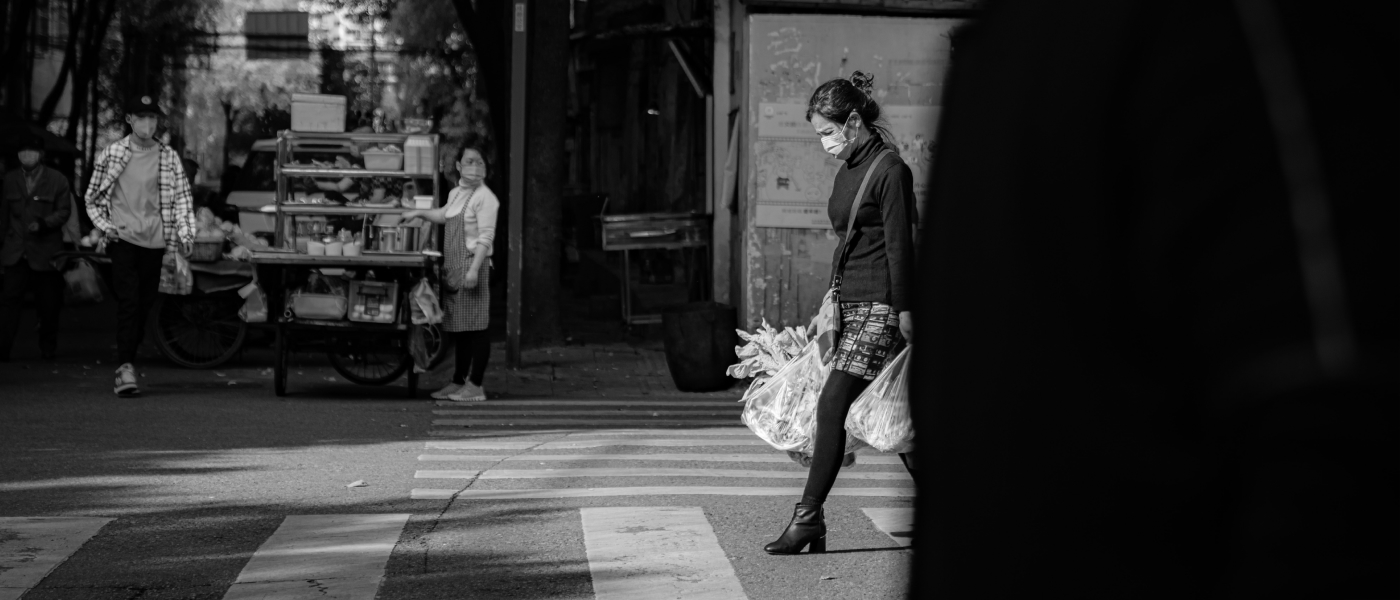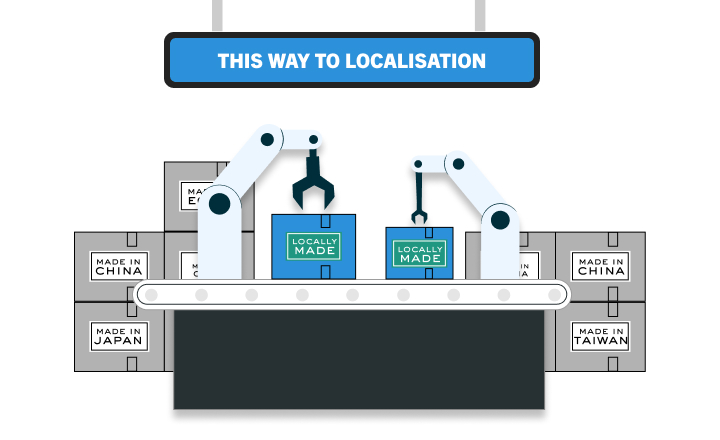The global pandemic left no part of the economy unscathed, but the costs of disruption was disproportionately borne by women, and the risk of infection, by frontline workers.
Thrown into chaos, businesses and workers scrambled to adapt to changes that are already leaving a lasting effect on our economy.
The hardest hit
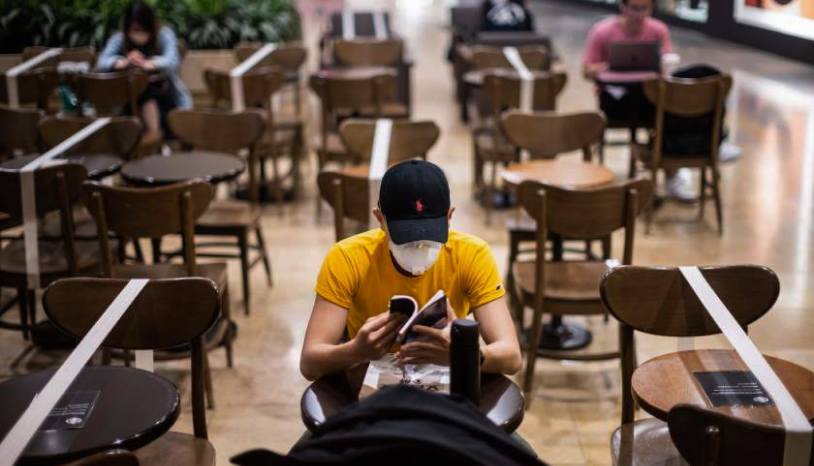
Social distancing measures adapted at a cafe
As countries locked down, whole industries ground to a halt. The entertainment and service sectors were among the hardest hit as public venues closed for months. The shutting of borders also caused air travel to drop 75 per cent from 2019, devastating the hospitality and tourism industries.
Facing such unprecedented disruption, businesses suddenly faced an existential dilemma: change, or close for good.
Digital everything

A woman attending a yoga class online
To survive, many businesses embarked on digitalisation.
Industries ranging from banking, to fitness migrated online to meet consumers. Restaurants and hawkers turned to delivery apps. Hotels offered “work-from-hotel” options, which now account for 30 per cent of stays, according to the booking platform HotelsByDay. Even airlines like AirAsia are training cabin crew and ground officers in data analytics and machine learning as their planes continue to be grounded.
In a single year, digital adaptation accelerated by up to five years. While economic recovery remains patchy and unpredictable, one thing seems certain — the shift to digital will only grow.
Out of office
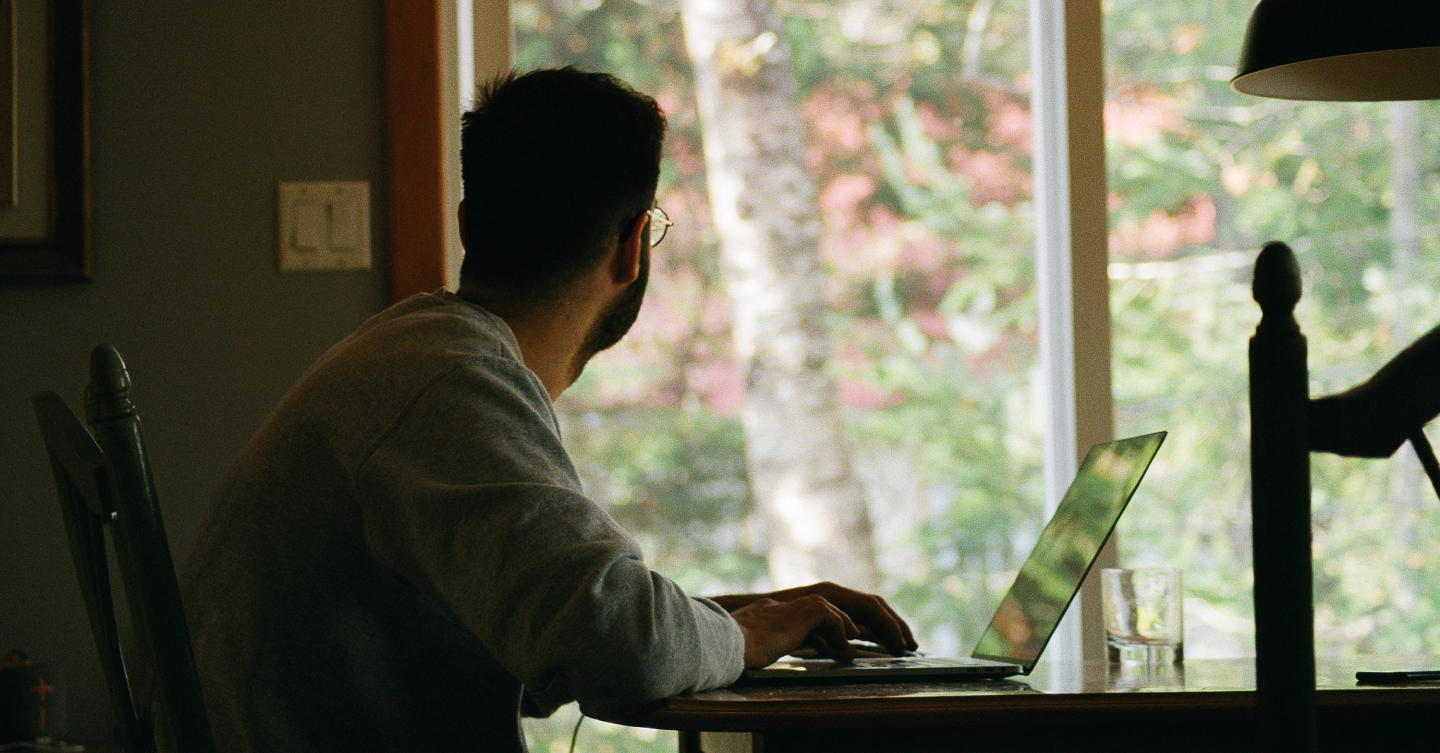
A man working remotely from home
One enduring digital trend is the rise of remote work. In developed economies, over a third of all employees worked from home, estimates the European Commission.
Challenges abounded. At home, workers battled Zoom fatigue, while the line between career and family blurred. But remote work also eliminated commutes and gave employees more control over their schedules. Companies that embraced fully remote arrangements could access talent across borders.
This mode of working is increasingly preferred. Now, one in three professionals working remotely would look for a new job rather than return to the office full-time.
The double shift
Working from home forced families together under the same roof, but mothers were three times as likely as fathers to take on housekeeping and caregiving during the pandemic, according to the Women in the Workplace 2020 report.
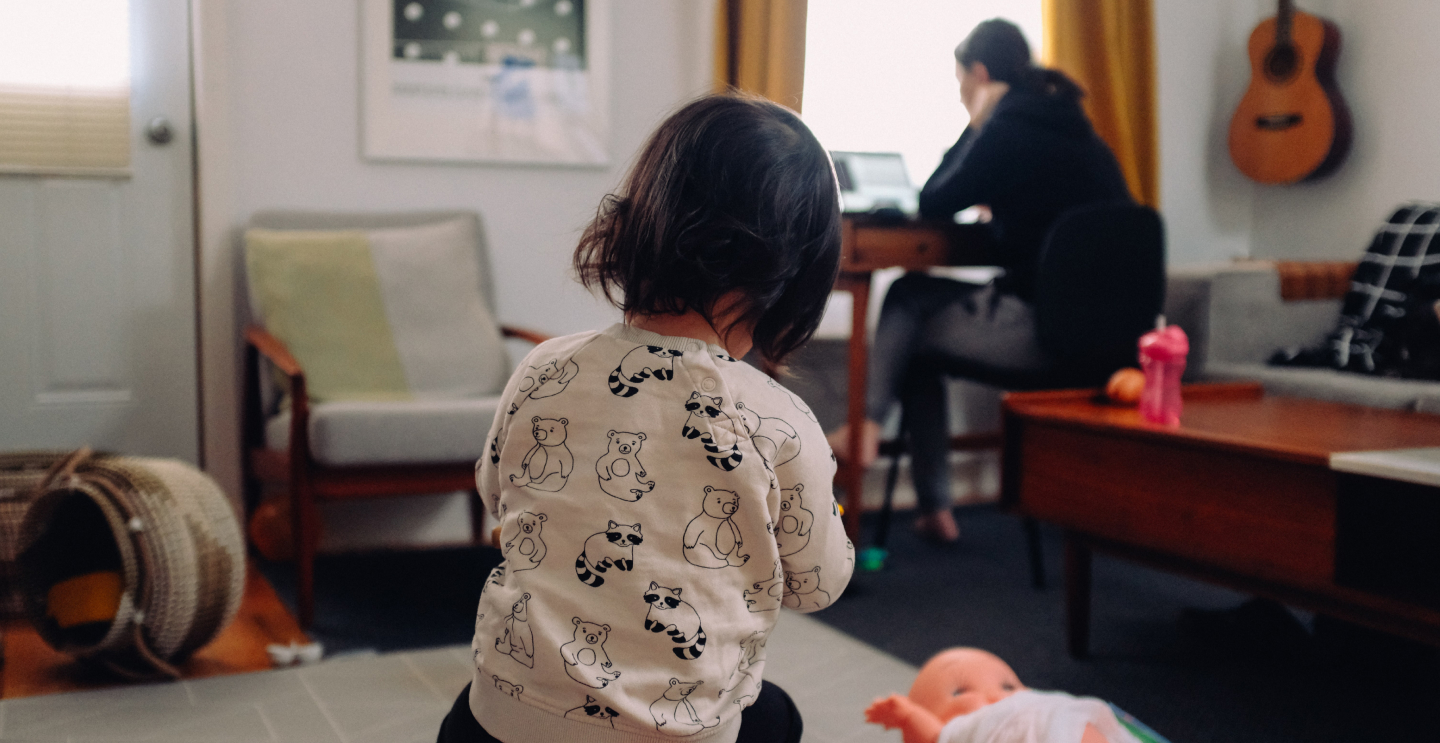
For working parents, children are often in the background of video conferences
For working mothers, dual responsibilities of work and family saddled them with a brutal “double shift”. The corresponding economic losses were acutely felt by women across the world. Many reduced work hours, sacrificed promotions or quit their jobs. McKinsey estimates that the global job loss rate due to COVID-19 was almost twice as high for women as for men, setting the world back on gender equality.
Occupational hazards
While some could retreat to the safety of their homes, nurses, grocery clerks, mortuary workers — among many others — risked infection to keep essential services running.
Although applauded, many remained under-protected and few were compensated with hazard pay. Amnesty International reports that at least 17,000 health workers around the world died of COVID-19 last year — one every half an hour.
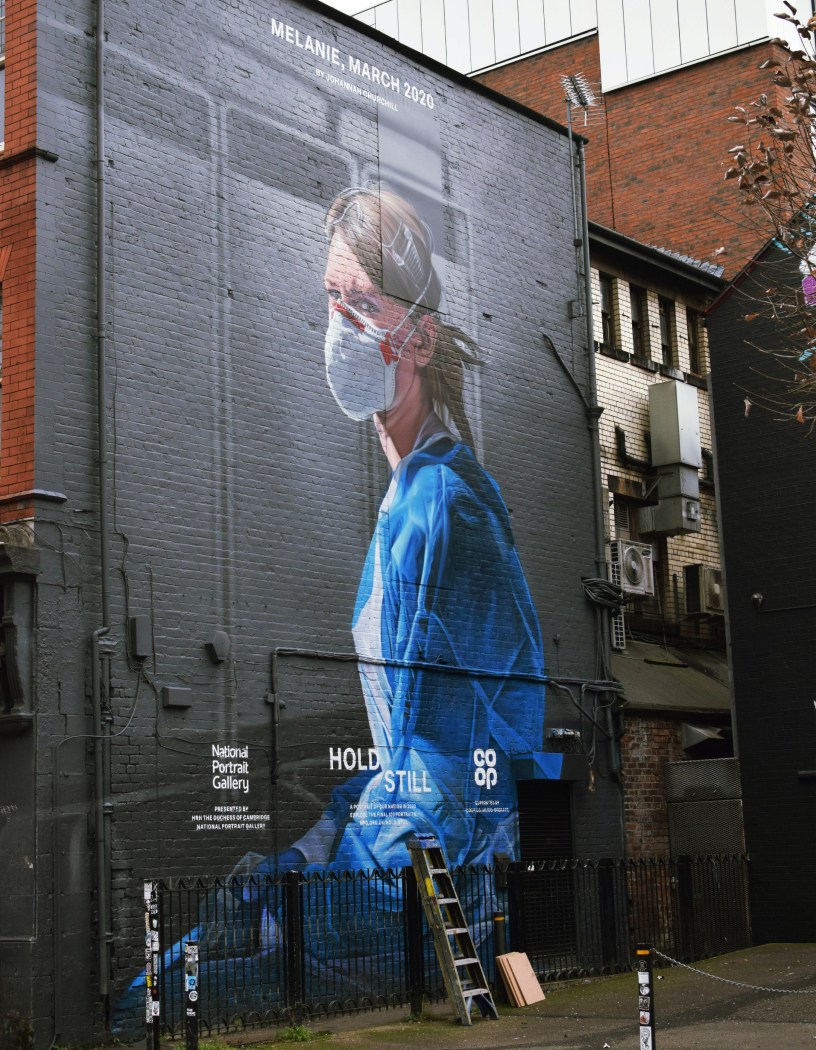
A mural dedicated to nurses
Despite the perils, many workers had little choice. Without unemployment benefits, they could not lose income, let alone bargain for higher wages. Governments and citizens everywhere are rethinking whose work is truly essential, and how we value the labour we cannot do without.
Turning the corner
In some ways, the pandemic was clarifying.
It exposed and heightened inequalities: around the world, over 1,600 new social-protection programmes were launched in 2020 as a rest of increased consciousness and empathy for those in precarious positions. The pandemic also sharpened and refocused corporate priorities to respond to the digital revolution and climate emergency.
As we raise the call for worker protection and sustainability commitments, the pandemic has given us a chance to shape an economy more resilient to future crises.
Sources: Bloomberg, The Economist, Telegraph, Marketwatch, McKinsey (1, 2), Time, World Economic Forum (1, 2, 3)



